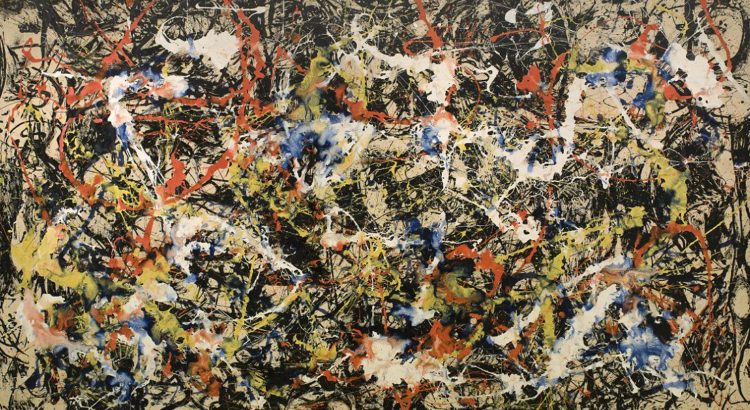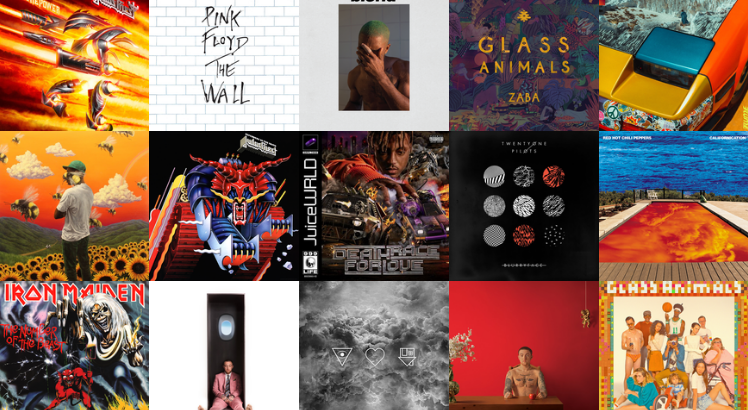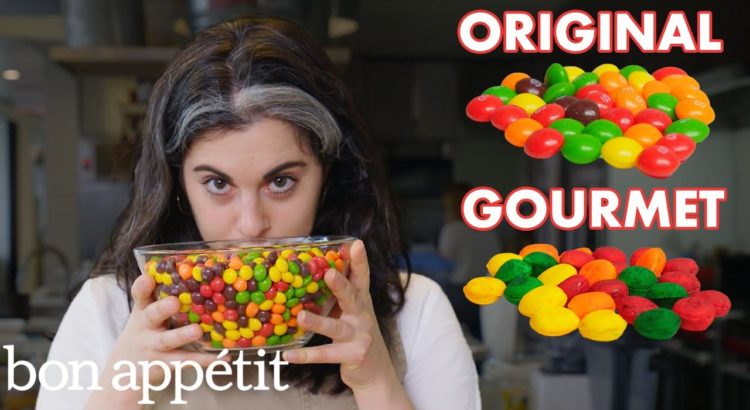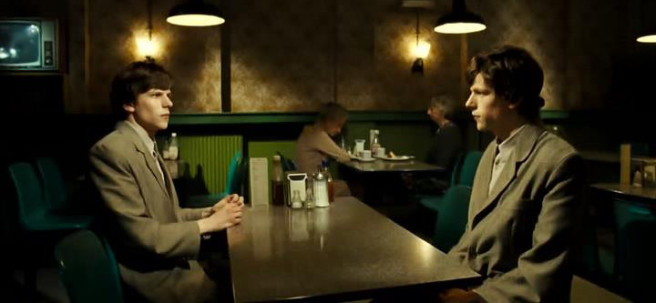abstract art ● art that does not attempt to represent external reality, but seeks to achieve its effect using shapes, forms, colors, and textures
Abstract art gets a lot of biased and unnecessary criticism from popular culture; ask anybody, even people who don’t care or know anything about art, about their thoughts on the abstract art movement and I’m sure they’ll give you a strong opinion that they believe is 100% fact. I’ve had personal experience with these types of people many times, and they always say something to the effect of “this doesn’t make any sense”, or “how is this in a museum, it isn’t even good”, or the worst and most common phrase, “I could’ve made that”. To the last one, put bluntly, obviously you could have, but you didn’t, just like anything else in life. When you see a surgeon perform brain surgery, do you say “oh, I could’ve done that”? Obviously not, because although you hypothetically could have trained and went to school for many years to be able to do that, you didn’t. There is an element of respect involved that abstract artists just don’t seem to get. It has become popular to invalidate abstract artists and dismiss their art for no logical reason, and that’s an absolute shame. I would instead argue that the abstract movement has resulted in some of the most interesting art pieces in recent history, and that the movement as a whole is doing something that has never been done before.

When confronted with a piece of abstract art, the impulse is to turn away; it’s unfamiliar, daunting, and complex. In essence, it’s a challenge to the viewer, an attempt to make them work for something, to truly examine what defines art. This is what I love about abstract art: it goes beyond the shallow world of reality and travels into the world of form and feeling. You don’t just examine it like a photograph, in a methodical and information gathering way, but instead must approach it as something new and conceptual, not just seen, but examined thoughtfully. For example, when I first see an abstract painting I often ask myself questions, such as “what do I feel?”, “what colors are being used and how does that define the aesthetic of the piece?”, “what are the subtle undertones of the painting? Is there tension, freedom, chaos, or something else?”. These types of questions often reveal something that I didn’t see right away, and help me understand the piece in my own unique way. That’s the other great side-effect of abstract art: there is no right answer and everybody can interpret it differently. It makes the piece feel personal, like it was made for you, and that relationship with art is something entirely unique.
(Header Image: Convergence, 1952 by Jackson Pollock – Jackson-Pollock.org)








